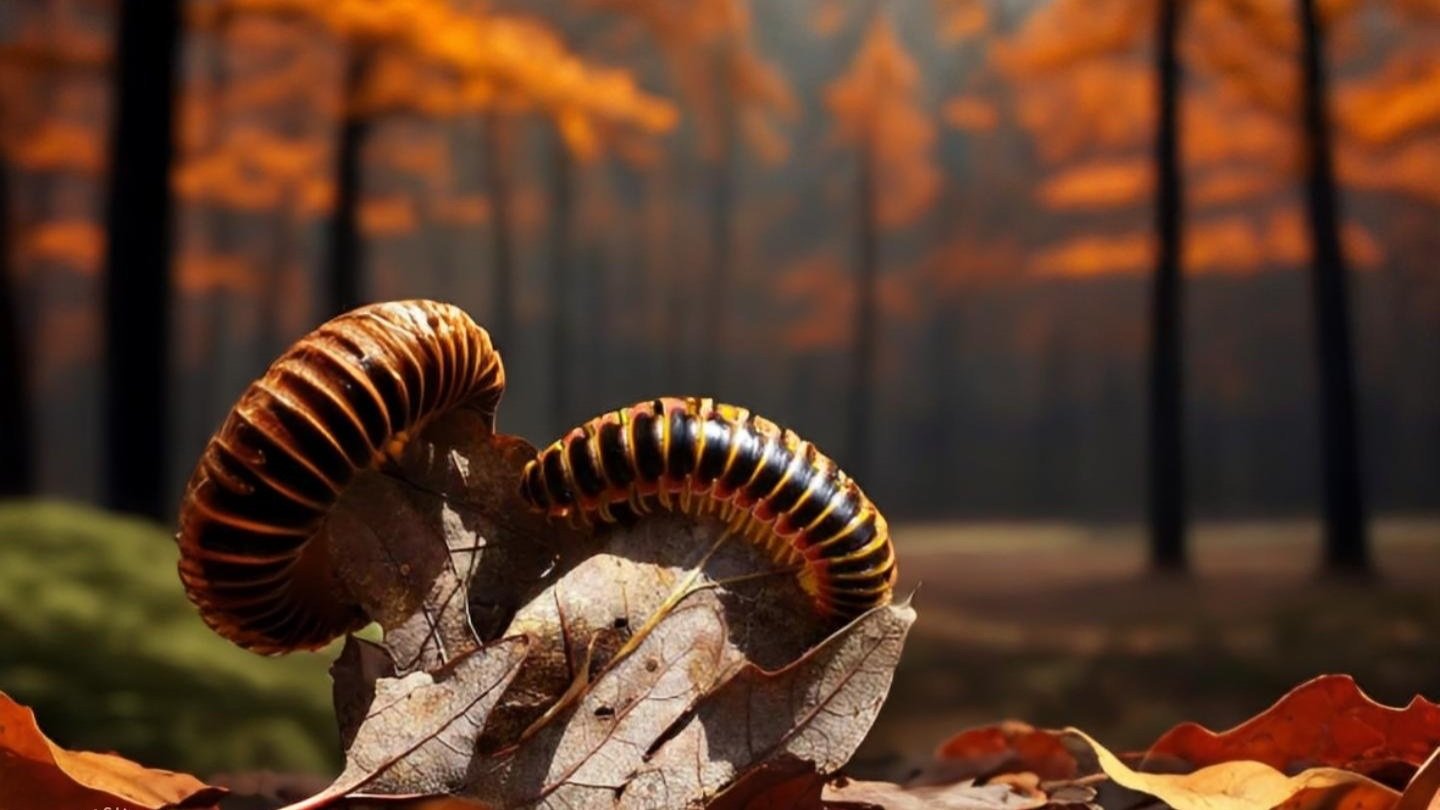A leafy yard is an eco-friendly yard
Leaves and decaying vegetation play a vital role in supporting diverse wildlife, particularly overwintering insects. Bumble bee queens, butterflies and various mini-beasts rely on leaf litter or soft soil for shelter and food. Given the declines and extinction risks faced by many insect species across North America, providing overwintering habitats in residential areas is crucial.
To protect these creatures, individuals can simply reduce their fall yard work and leave a 1-2 inch layer of leaves. This shields beneficial insects from predators and harsh weather. Leaves can be neatly arranged around trees or garden beds, but avoid shredding them to preserve insect eggs and larvae. Additionally, hollow stems serve as nesting sites for cavity-nesting bees like mason bees, so retain these stalks until spring.
When adopting this approach, consider a few precautions. Leaves can clog storm drains, so ensure they remain clear. Regularly used pathways should also be kept clear for safe travel. Avoid overwhelming smaller herbaceous plants with excessive leaves.
Beyond leaving leaves, intentional habitat plantings in yards can further benefit beneficial insects. Explore sustainable gardening tools and plant lists for more ideas. By taking these steps, individuals can contribute to preserving vital insect populations and supporting ecosystem balance.

